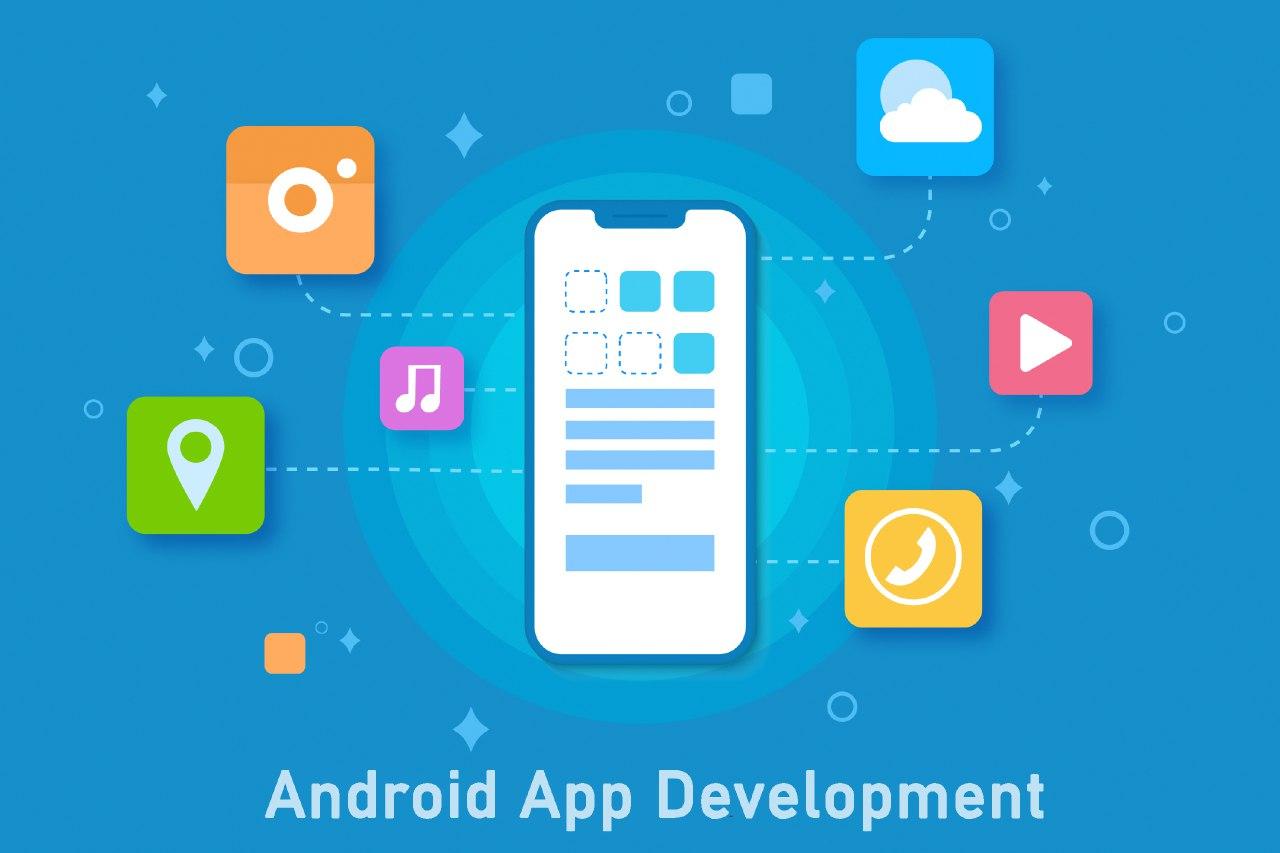



System notification icons should not have color.You should not be making static tabs, and they don’t belong on the bottom (I’m pointing at you Instagram).Here are some of the most common examples of this Android mistake: (Google does this all the time, but never by copy-pasting.) Unless there is a super good reason for breaking the guidelines, don’t do it. Pushing iOS design standards to them is a terrible strategy! But, it’s 2014 and users have been using Android for quite a while now, and they’ve grown accustomed to the platform. But still, every now and then, we see an app that is an iOS clone.ĭon’t get me wrong, I’m not an Android programming evangelist! I respect every platform that moves the mobile world a step forward. To my great pleasure, this Android mistake is far less common nowadays (partially because clients are beginning to realize that the days when Apple was setting all the design standards are long gone). Here’s an Android programming tutorial to address the 10 most common mistakes Android developers make. These bugs are easily prevented, as long as we get the basics right! Regardless of such huge segmentation, the majority of bugs are actually introduced because of logic errors. Unfortunately, segmentation is the price to pay for openness, and there are thousands of ways your app can fail on different devices, even as an advanced Android programmer. There are thousands of different devices, with different screen sizes, chip architectures, hardware configurations, and software versions. Look how good the new Material design pattern looks! The platform has matured quite a bit since the initial AOSP release, and set the user expectations bar quite high. With the latest Lollipop update, Android programming continues to improve. What’s not to like about this platform? It’s free, it’s customizable, it’s rapidly growing and it’s available not just on your phone or tablet, but on your smartwatch, TV and car too.


 0 kommentar(er)
0 kommentar(er)
